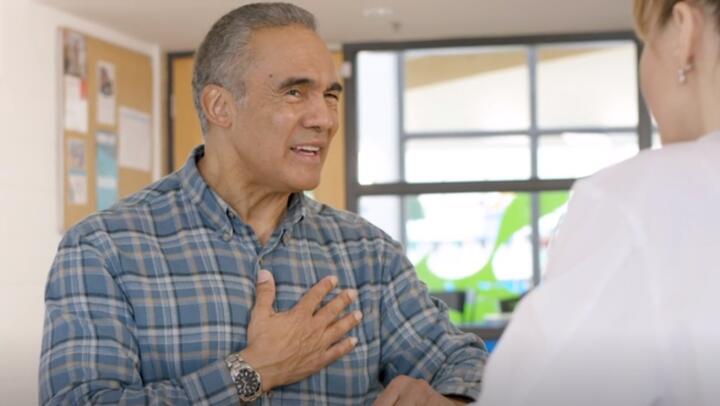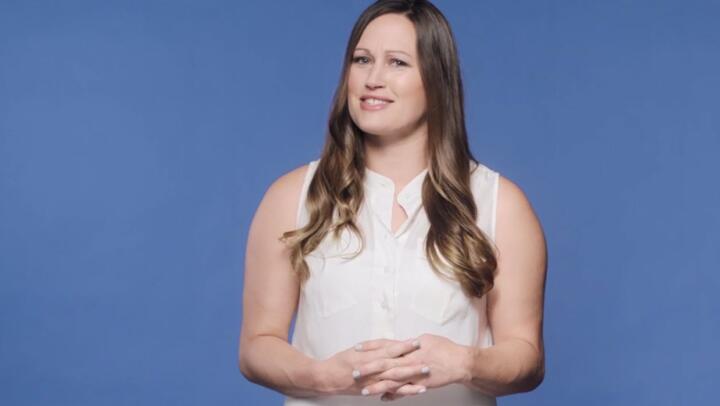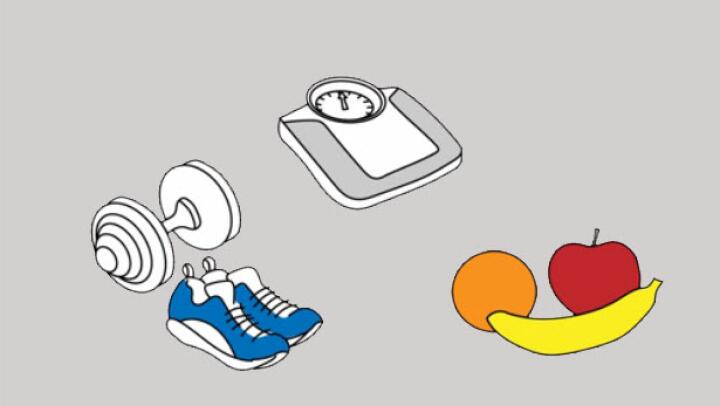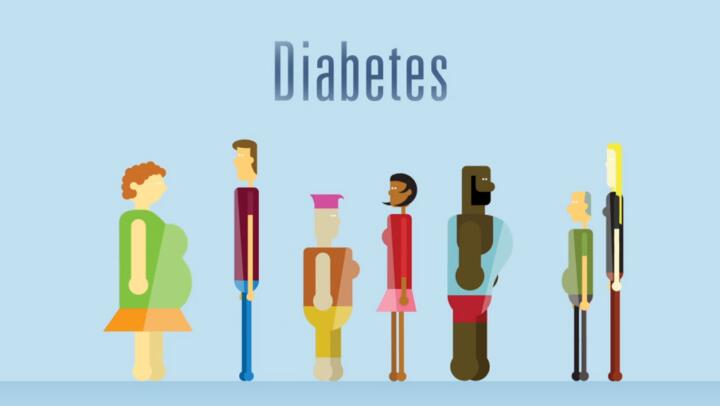Talk with a doctor if you have questions about diabetic retinopathy progression or treatment.
This article discusses diabetic retinopathy progression, including its timing, stages, and overall outlook.
How likely is diabetic retinopathy to progress?

Research on how likely diabetic retinopathy is to progress is limited. However, the condition may be
Regular eye checkups are key with diabetes. Diabetic retinopathy may not cause noticeable symptoms until it threatens vision.
According to
- higher HbA1c results, high average blood sugar levels over the previous 3 months
- younger age when type 1 diabetes starts
- high cholesterol
- kidney disease
pregnancy Trusted Source Wiley Peer reviewed journal Go to source
Talk with an eye doctor about diabetic retinopathy progression, getting regular checkups, or your risk.
What are the stages of diabetic retinopathy?
Diabetic retinopathy can progress in four stages:
- Mild nonproliferative diabetic retinopathy (NPDR): In the first stage of diabetic retinopathy, tiny bulges or microaneurysms form in the retina’s blood vessels. Typically, there are no noticeable symptoms.
- Moderate NPDR: In the second stage, more microaneurysms occur. These may lead to swelling and blood leaking into the eye. You may notice new or worsening symptoms.
- Severe NPDR: In the third stage, previous symptoms and damage worsen. Some blood vessels may close off, depriving the retina of oxygen and causing blurry vision.
- Proliferative diabetic retinopathy (PDR): In the fourth stage, new, fragile blood vessels grow. This worsens leaking and causes scar tissue. At this stage, there is a very high risk of vision loss.
However, with treatment, not all cases of diabetic retinopathy progress through the four stages.
How fast does diabetic retinopathy progress?
According to the National Health Service (NHS), it typically takes several years for diabetic retinopathy to cause vision loss.
A
Also, diabetic retinopathy does not usually develop until you have had type 1 diabetes for 5 years. However, diabetic retinopathy does develop early for some people.
Is diabetic retinopathy reversible?
Currently, diabetic retinopathy is
Still, early treatment can help slow or stop diabetic retinopathy progression and improve some features of the condition. For example, laser treatment can shrink leaking blood vessels, while anti-VEGF medications may help
Read more about diabetic retinopathy outlook and possible reversal.
How do you treat diabetic retinopathy?
A primary treatment approach for diabetic retinopathy is diabetes management, keeping blood sugar levels in target ranges.
Learn more about diabetes treatment options.
The following treatment options can also
- anti-VEGF medications, to reduce swelling, slow or prevent vision loss, and sometimes improve vision
- steroid medications, to reduce swelling
- laser surgery, to close off leaking blood vessels and shrink new, fragile blood vessels
- vitrectomy surgery, to remove scar tissue and blood
Read more about vitrectomy surgery benefits, procedure, and risks.
What is it like living with diabetic retinopathy?
Diabetic retinopathy outcomes and quality of life can vary per person.
Some people get early treatment that their condition responds well to, preventing vision loss and other complications. Other people may not receive early treatment and may develop severe, vision-threatening diabetic retinopathy.
However, treatment can help alleviate symptoms at any stage. Care options and support services can also help you manage your condition and any vision loss. These include:
- occupational therapy, to help you adapt to low vision and access care
- psychotherapy and counseling
- local social support groups
- free or low cost eye care
programs Trusted Source National Eye Institute Governmental authority Go to source as listed by the National Institutes of Health (NIH) - EyeCare America, a free to low cost eye care program
- protection from discrimination, and workplace and school support adjustments through the Americans with Disabilities Act (ADA)
- financial support from the Social Security Administration (SSA) if you are legally blind, such as:
- Medicare coverage
- Supplemental Security Income (SSI)
- Social Security Disability Income (SSDI)
Whether or not you experience vision loss, you may need long-term treatment and regular eye checkups.
Talk with your medical team if you would like more support but are not sure where to start.
Summary
Diabetic retinopathy is progressive and can worsen over time. However, treatment can help slow, stop, or prevent diabetic retinopathy progression and vision loss.
Regular eye checkups and diabetes management are key in preventing diabetic retinopathy from becoming severe.
Talk with your doctor if you have questions about diabetic retinopathy progression or outlook.



































